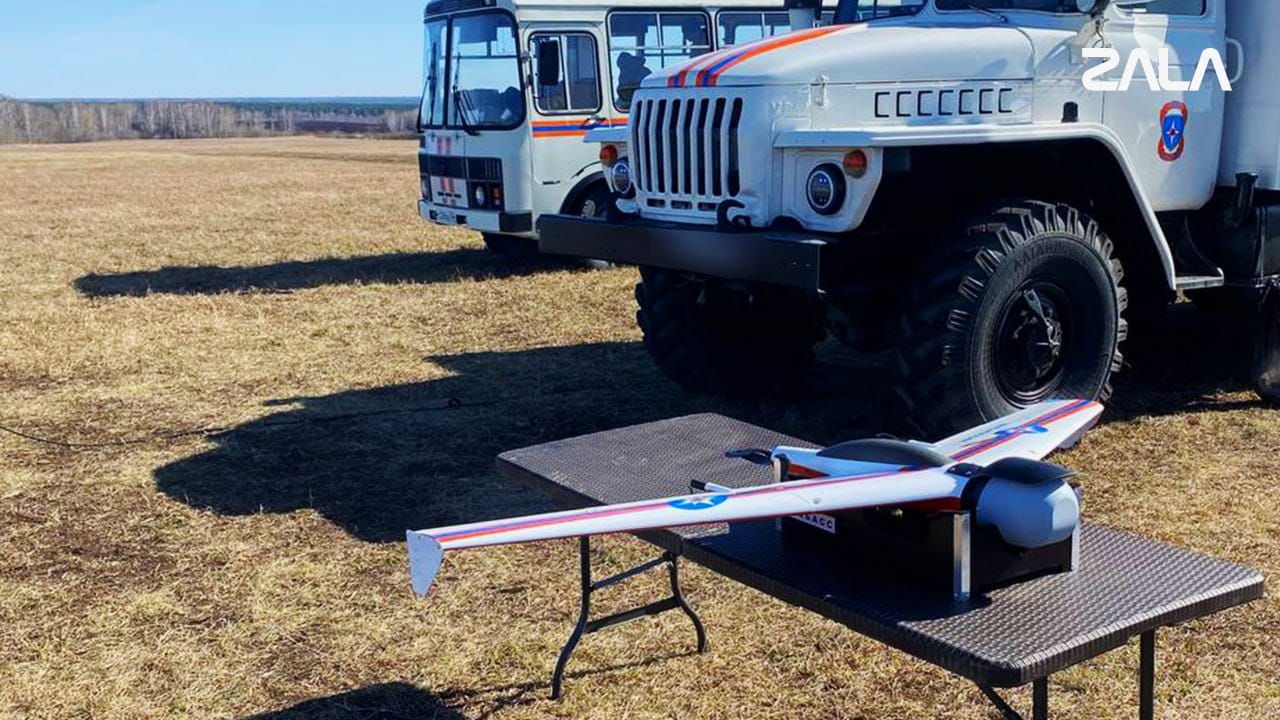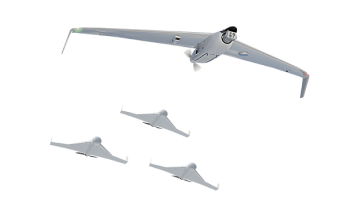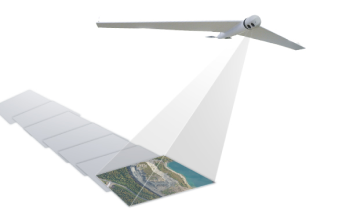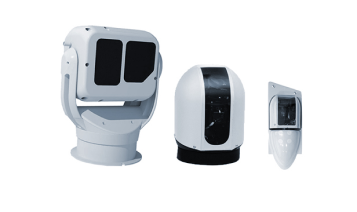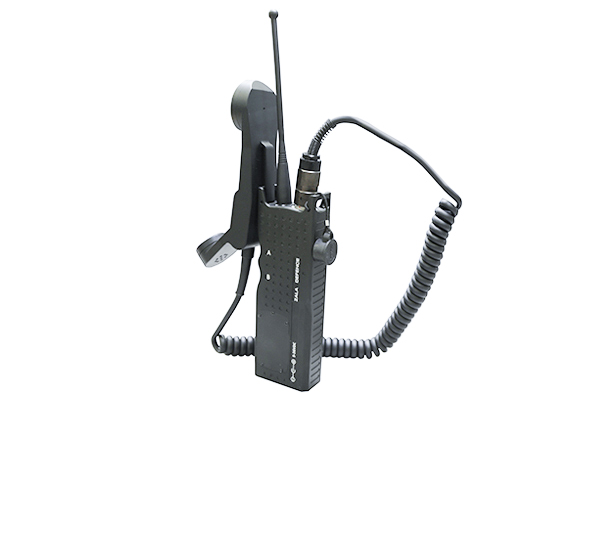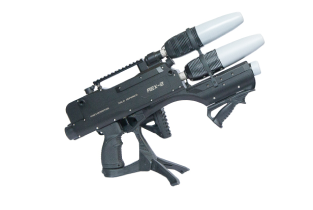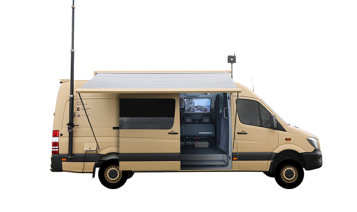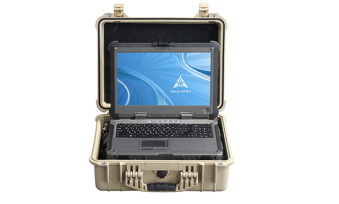ZALA ZARYA UAV training flights for the Ministry of Emergency Situations ended with extinguishing a real fire
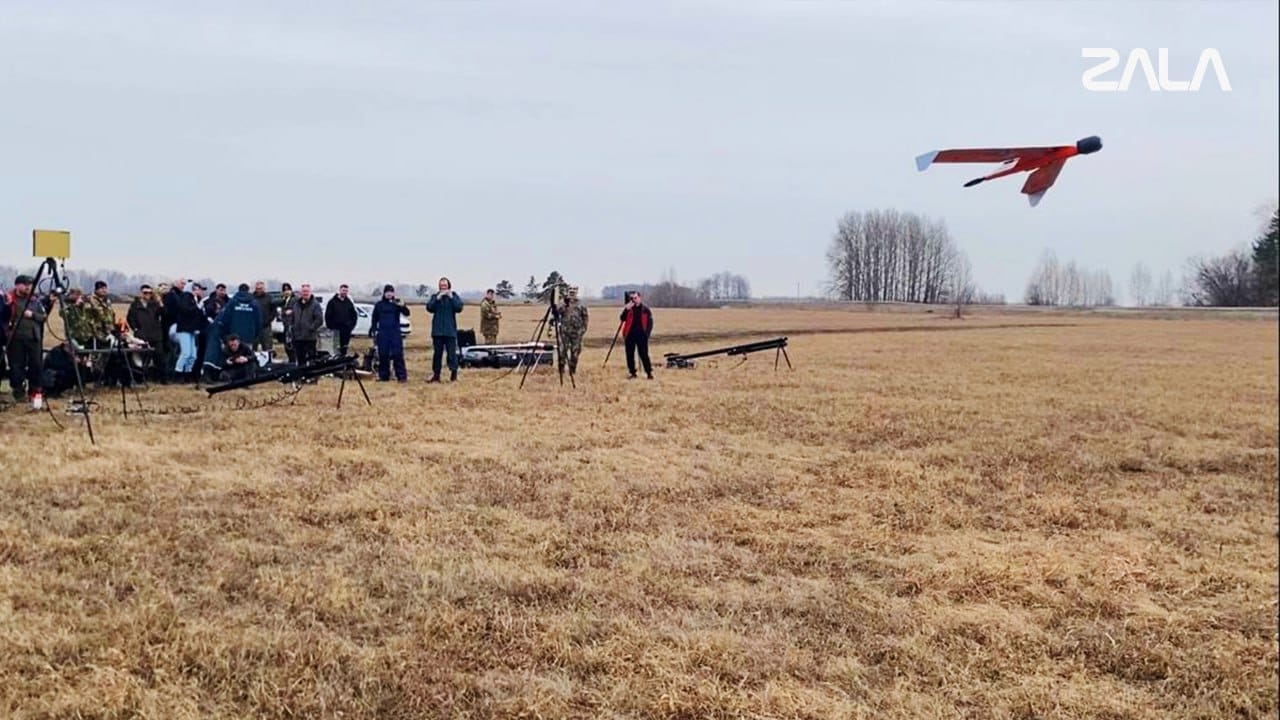
Large-scale training flights involving the latest ZALA ZARYA unmanned aerial systems were completed in the Novosibirsk region. The exercise, organised by ZALA, gathered more than 40 specialists from the Ministry of Emergency Situations of Siberia and Transbaikalia, including Novosibirsk, Irkutsk, Kemerovo, Omsk, Tomsk, Chita, Khakassia, the Altai and Tyva Republics, and the Khanty-Mansi Autonomous Okrug. Rescue units in these regions received new ZALA ZARYA-1 and ZALA ZARYA-1M unmanned aerial systems at the end of 2024.
Siberia and Transbaikalia are huge hard-to-reach territories with taiga, mountains and swamps. In such conditions ZALA unmanned technologies become indispensable assistants for the Ministry of Emergency Situations. New ZALA ZARYA UAVs can operate at any time of day and in difficult weather conditions, transmitting high-quality images at a distance of more than 50 kilometres. This allows the Ministry of Emergency Situations to monitor the situation at the emergency site in real time and effectively coordinate the actions of rescuers. The ZALA ZARYA UAV can also be fitted with different types of payloads: dosimeters, warning systems, high-resolution video cameras, thermal imaging cameras and other specialised equipment to solve the widest range of tasks faced by EMERCOM personnel.
During the training flights, the participants were able to see the capabilities of the new ZALA ZARYA UAS in action. The abnormal heat wave caused dry grass to catch fire near a village in the Kolyvansky District. The ZALA UAS detected the fire and transmitted the coordinates to ground services, which immediately reported the incident to firefighters.
In addition to EMERCOM personnel, ZALA training flights were visited by representatives of the Interior Ministry's Novosibirsk Region Department, Rosgvardia and veterans of the special forces of the Siberian Federal District's SOBR special forces. All participants noted the reliability and efficiency of ZALA ZARYA UASs, as well as their potential for solving various tasks in joint work.
